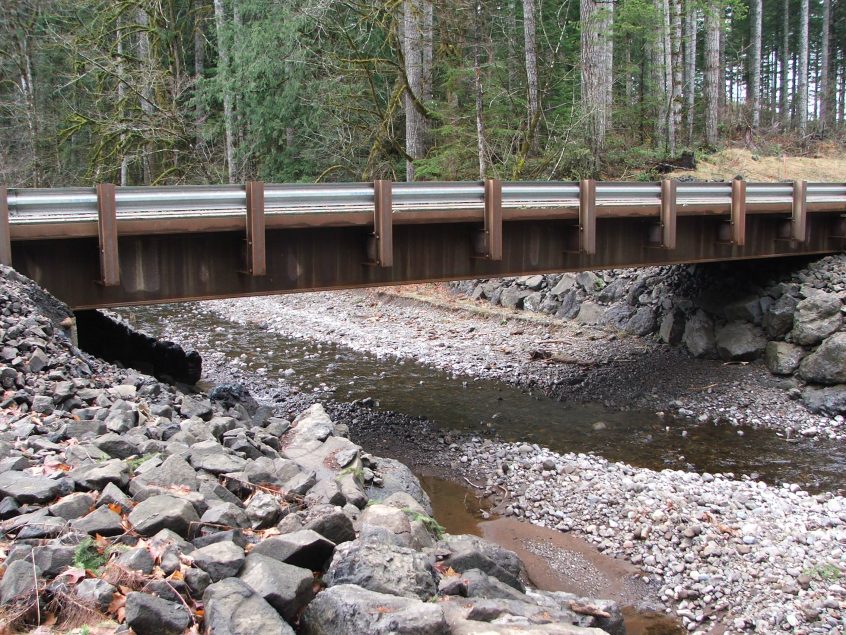A new article in the Seattle Times shows how Washington forest landowners have played an instrumental role in improving fish habitat over the last two decades. In the 1990s, Washington salmon were encountering serious obstacles to their survival.
Private forest landowners responded to the threat by entering into collaboration with tribes, conservationists, and local, state and federal government agencies. The hard work done since then – a program of stream buffering, road and culvert repairs, and scientific observation – has been instrumental in reversing the trend to make recovery of these very important fish populations an achievable goal.
Since 2001, forest landowners have removed nearly 6,500 barriers to fish passage, restoring more than 4,300 miles of historic fish habitat. This success has been achieved through significant investments by the state and large private landowners of nearly $400 million through 2016.
One of the keys was the Forests & Fish Law, passed by the Washington Legislature in 1999.
The Forests & Fish Law was developed in collaboration with state, tribal and county governments and private forest landowners. This law, one of the largest and most comprehensive pieces of environmental legislation in the U.S., was passed by the federal government in 2006 to protect 60,000 miles of streams running through 9.3 million acres of state and private forestland in Washington.
…Washington’s private forest landowners are working with scientists from tribal, state and federal agencies to develop forest practices rules and continually evaluate the latest, best data to ensure the high standards of the Forests & Fish Law are met.
“The key to our success is we scheduled our road inventory and maintenance work over 15-20 years, and focused on the ‘worst-first,’ ” says Mark Doumit, Executive Director of the Washington Forest Protection Association. “It was easier to plan this out over time, and here we are 16 years later with thousands of miles of roads improved and thousands of miles of historic fish habitat reopened so salmon and aquatic species can flourish in our forests.”
